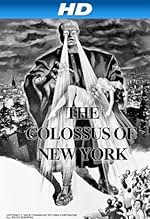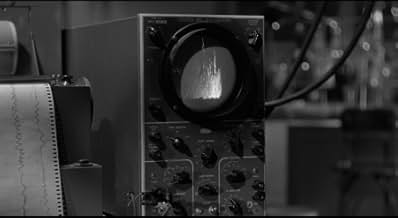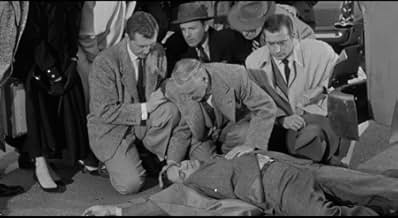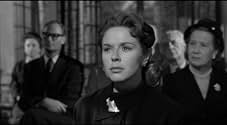IMDb RATING
5.8/10
1.3K
YOUR RATING
A brilliant surgeon encases his dead son's brain in a large robot body, with unintended results...A brilliant surgeon encases his dead son's brain in a large robot body, with unintended results...A brilliant surgeon encases his dead son's brain in a large robot body, with unintended results...
George Douglas
- Official
- (uncredited)
Roy Engel
- Police Inspector
- (uncredited)
Sam Harris
- Man at Funeral Service
- (uncredited)
Larry Kerr
- Reporter
- (uncredited)
Harold Miller
- Airport Accident Extra
- (uncredited)
Dick Nelson
- Charles - Chauffeur-Butler
- (uncredited)
Foster H. Phinney
- Reporter
- (uncredited)
Jack Richardson
- Reporter
- (uncredited)
Court Shepard
- Reporter
- (uncredited)
Charles Sherlock
- Airline Pilot
- (uncredited)
Bert Stevens
- Airport Accident Extra
- (uncredited)
Max Trumpower
- Reporter
- (uncredited)
- Director
- Writers
- All cast & crew
- Production, box office & more at IMDbPro
Featured review
"The Colossus of New York" has aged rather well. It still evokes the same strange fascination it had back in the late 1950s, when its story and title character startled me. It was evident back then that the film was a low-budget production, and that it was not a masterpiece of fantastic cinema, but its variation of the theme of the scientist that creates a monster was interesting, and the appearance of the colossus was impressive. I have read a couple of commentaries from producer William Alland, in which he expressed that he was very unsatisfied with the results, and put all the blame on Eugène Lourié. Allan definitely did not paid too much attention to the limitations of the budget he administered –forcing to reuse shots, and the inclusion of stock footage-, of Thelma Schnee's weak script, or the negligence of Floyd Knudtson's editing. But especially, Alland overlooked John F. Warren's images, some of which are remarkable. This is also due to Lourié's background: he was originally an art director and set designer, and it shows. The lightning, compositions and camera angles are effective most of the times, and compensate for the shortcomings. Where Lourié's lack of expertise shows is in the routine camera set-ups, putting the camera (and the spectator) in the same position, in scenes that take place in the same locations, but separate in time. This somehow makes the movie unfold too cautiously, an explanation to the speed up of some shots when the colossus moves. Otherwise it is a recommended, little cult film that will stick to your memory.
Storyline
Did you know
- TriviaThe Colossus costume was eight feet tall, weighed 160 pounds and was made from burlap, plastic, rubber and fine chicken wire. Inside, there were batteries, cables, air tanks and oxygen tubes.
- GoofsWhen Jeremy (the Colossus) crashes through the glass wall at the end of the movie, the very next scene there is a woman lying on the floor and the man to the left of her looks down at her. In the scene following, the Colossus starts shooting eye beams. The eye beam then hits the woman, now standing, and she falls to the floor, in the same position.
- Crazy creditsThe opening credits text rises out of New York harbor, as its reflection on the water sinks to the bottom of the screen.
- How long is The Colossus of New York?Powered by Alexa
Details
- Release date
- Country of origin
- Language
- Also known as
- The Colossus of New York
- Filming locations
- Production company
- See more company credits at IMDbPro
- Runtime1 hour 10 minutes
- Color
- Aspect ratio
- 1.66 : 1
Contribute to this page
Suggest an edit or add missing content

Top Gap
By what name was Le colosse de New York (1958) officially released in Canada in English?
Answer































